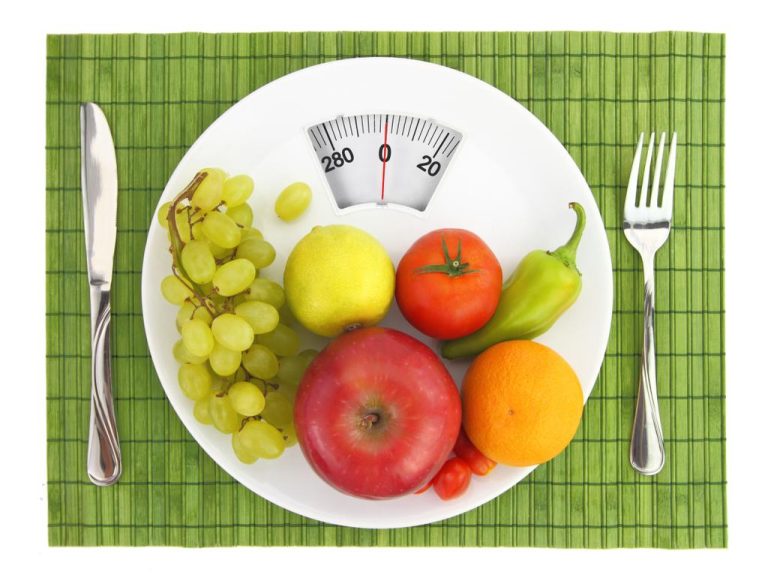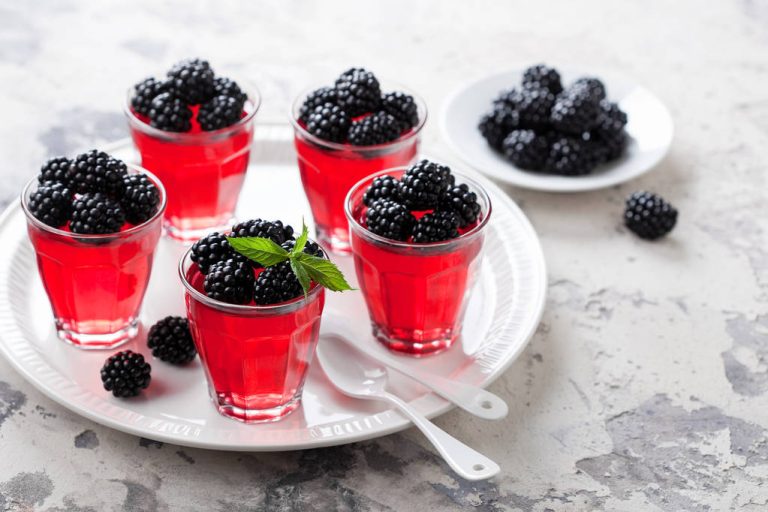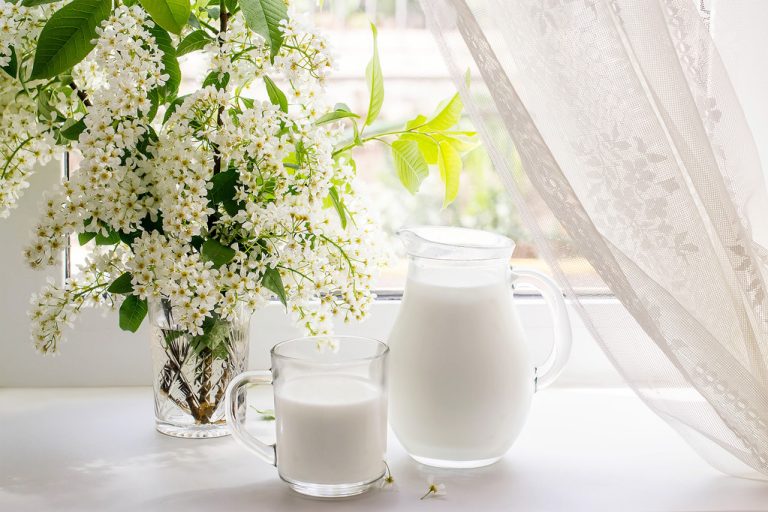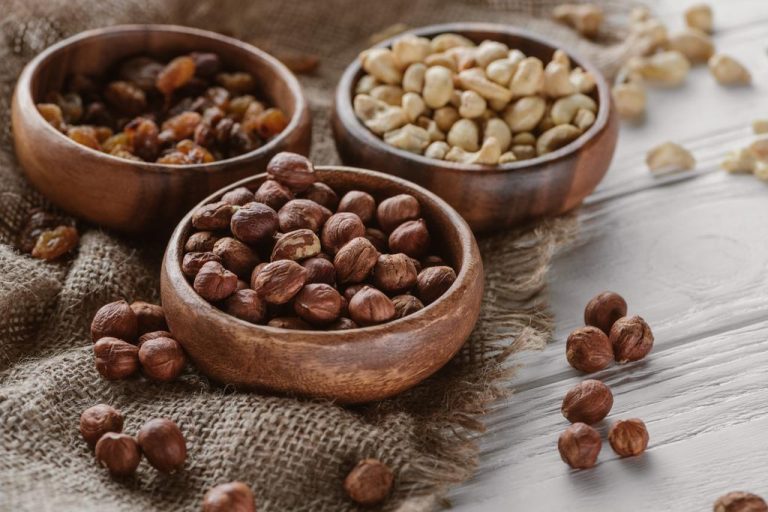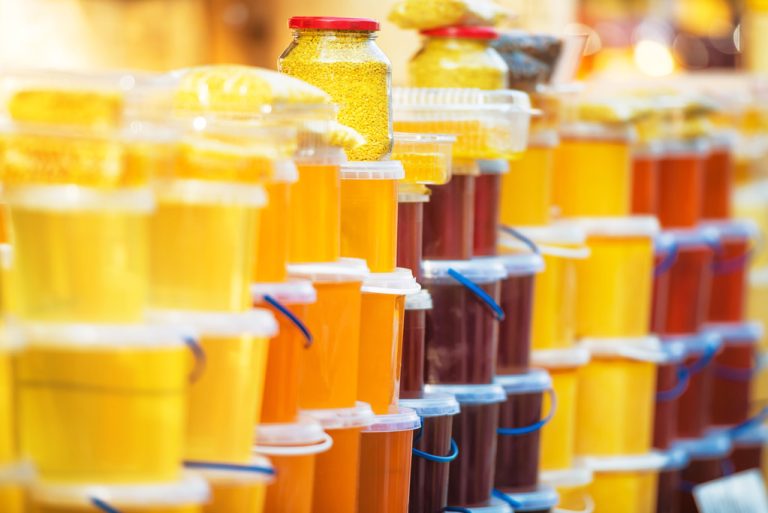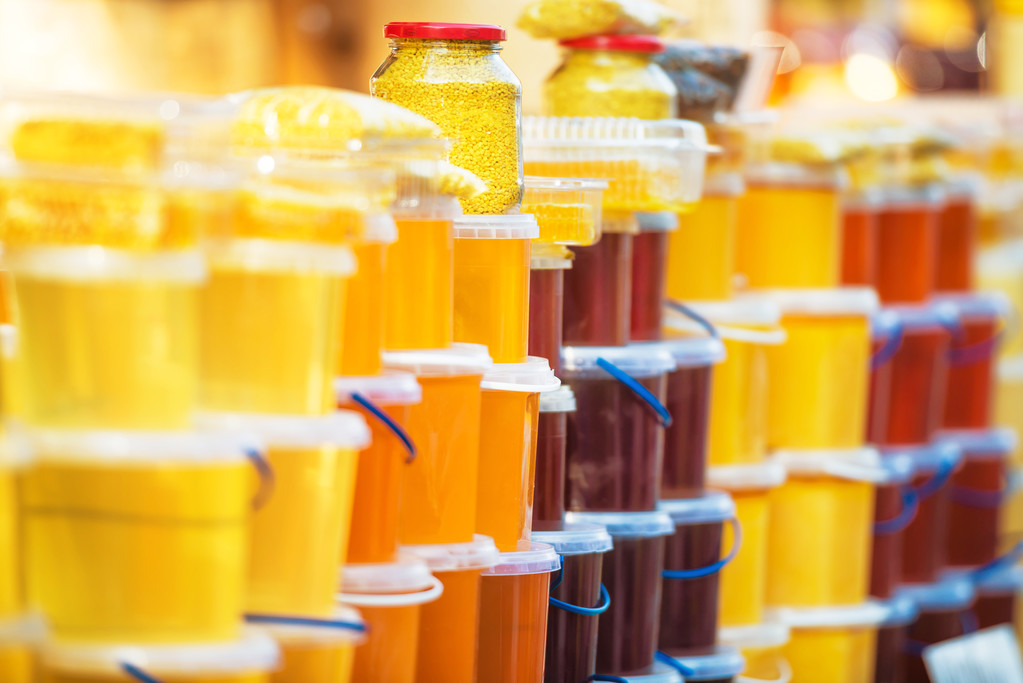The plant-based diet is becoming more and more popular, and more and more people are eating vegan. For many, this diet is not just a food trend, for Shabnam from “The Hungry Warrior” for example, it was a health decision. In an interview, she tells EAT SMARTER how she integrates plant-based nutrition into her everyday life and what effects it has on her health.
What can we expect from “The Hungry Warrior”?
Instagram isn’t just about recipes – it’s primarily about being visually appealing. It’s a kind of artistic expression for me. I eat plant-based and all my recipes are vegan and contain no animal products. On my blog I then talk about myself, my illness, my plant-based diet, and my life. I also give tips on how to deal with the disease or nutritional problems. I would like to achieve that people get more courage to listen to their own bodies and deal more consciously with the topic of nutrition. They should enjoy eating and cooking.
You were diagnosed with ulcerative colitis. How did the day change your life?
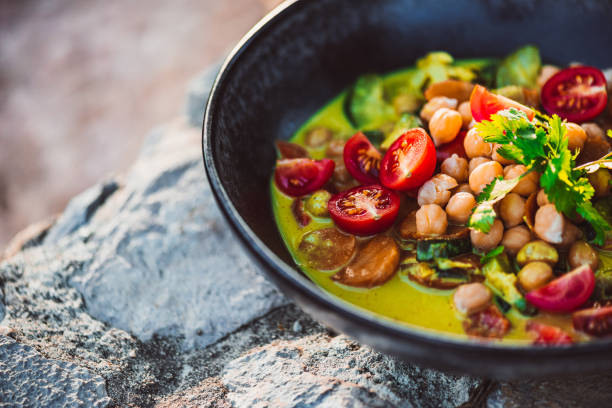
At that time I was still living in the USA. But when I got the diagnosis in 2007, I returned to Germany. At first, I was of course shocked and didn’t know how to deal with the disease. Conventional medicine relied only on medication and stress reduction, nutrition played no role. The doctors always said, “You can eat whatever you want”. However, I had to learn that for me this means listening to my body.
So I had to learn what I can tolerate and therefore really want to eat. Then I switched my diet to a plant-based diet. The diagnosis has fundamentally changed my life and I also see the positive side of what has resulted from it.
I’m doing pretty well with it now. But my body lets me feel it again and again when I’m under too much stress. Then I have to take a quick break. The plant-based diet means I have much less stomach pain. A cup of coffee with milk is used to give you a boost. But of course, there are still foods that I don’t tolerate very well, which I try to avoid.
How did the idea for “The Hungry Warrior” come about?
The idea came to me at the end of 2016 when I was quite ill and looking for a hobby that I could do from home. Due to my illness, I had to stay at home for about a year without working or exercising. So I needed something where I could express my creativity. I’ve always loved cooking and my boyfriend had a camera that he rarely used. That’s why I connected the two things together and it worked relatively quickly and well.
What memories do you have of your first attempts at cooking?
I believe that cooking is in my genes because everyone here cooks well: my mother and my three sisters. I wasn’t allowed to run around in the kitchen much because it made my mother nervous. But I watched it because it always interested me.
I cooked for my parents for the first time when I was eight or nine. I made meatballs. It was something very simple and I don’t even remember if I seasoned it that much. But I can still remember forming the meatballs with my hands and then frying them in oil.
I used to love to cook for my friends after school. My best friend used to come up to me and watch me cook. She can’t cook at all, but she can eat well.
How would you briefly describe your nutritional philosophy?
I want people to listen to their bodies more. There should be no taboo topics like the “gut”. I eat plant-based, for me, this is the right diet. But everyone should value their own body and be willing to try different recipes and diets.
What are the biggest difficulties of the plant-based diet?
It is definitely difficult to eat out. You have to find out well beforehand where you can go and it is best to be prepared when you go: take nuts, dried fruit or fruit with you. Especially at the beginning, it is difficult to persevere and not give up.
Do you have to be strict with yourself to eat like you?
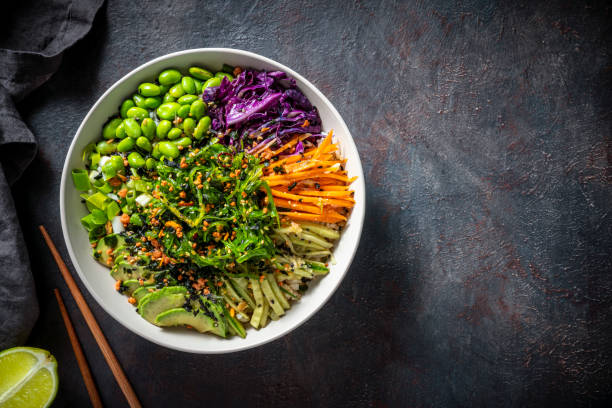
No! Instead, you should take things easy. If you like eating meat, that’s totally fine. I don’t want to forbid anything, but rather inspire people to try new things. Over time, awareness changes automatically, so that you pay more attention to quality and automatically reduce the amount of meat.
What ingredients can’t you do without in a plant-based kitchen?
To nuts! You can do everything with it, savory dishes, salads, even a nut Bolognese, as well as cakes and nut milk. They are high in good fats, protein, and minerals. I always use herbs. For me, a hearty base consists of onions, olive oil, garlic, and herbs. Spices are also important so that there is always a real taste explosion. In addition, legumes are very versatile – I don’t tolerate them very well, so I don’t have them that often.
Do you use natural sugar alternatives? Which are your favorites?
I haven’t used white, refined sugar for years. I actually don’t like it at all anymore. I use coconut blossom sugar or maple syrup as a sugar alternative. But I also use agave syrup, date syrup, and dates to sweeten – whether for cakes, smoothies, shakes or porridge.

